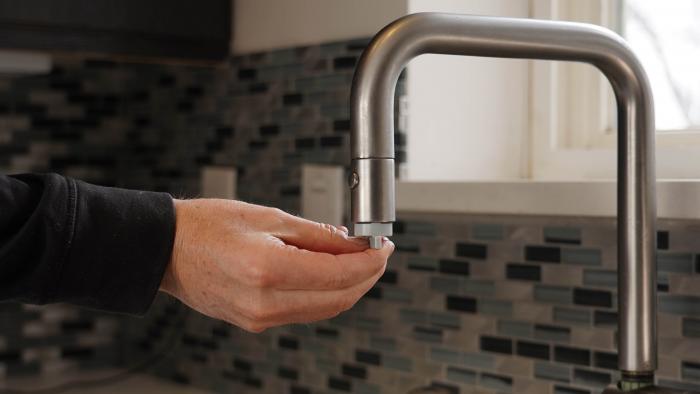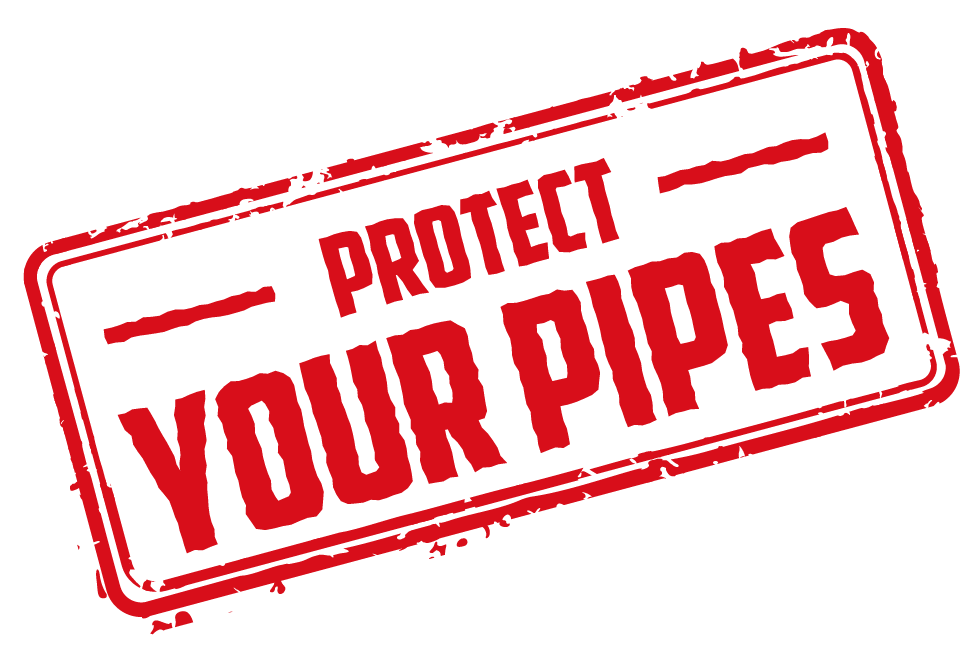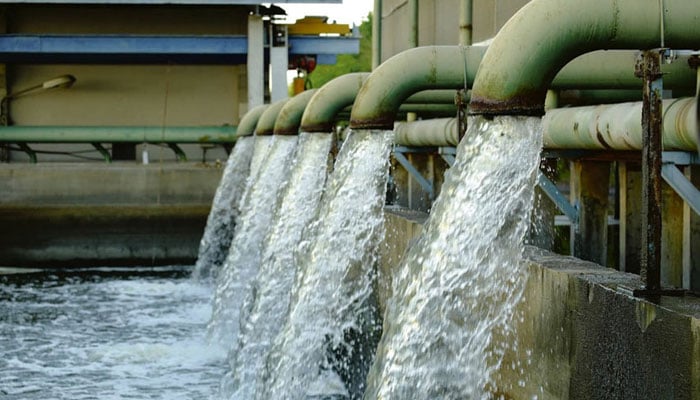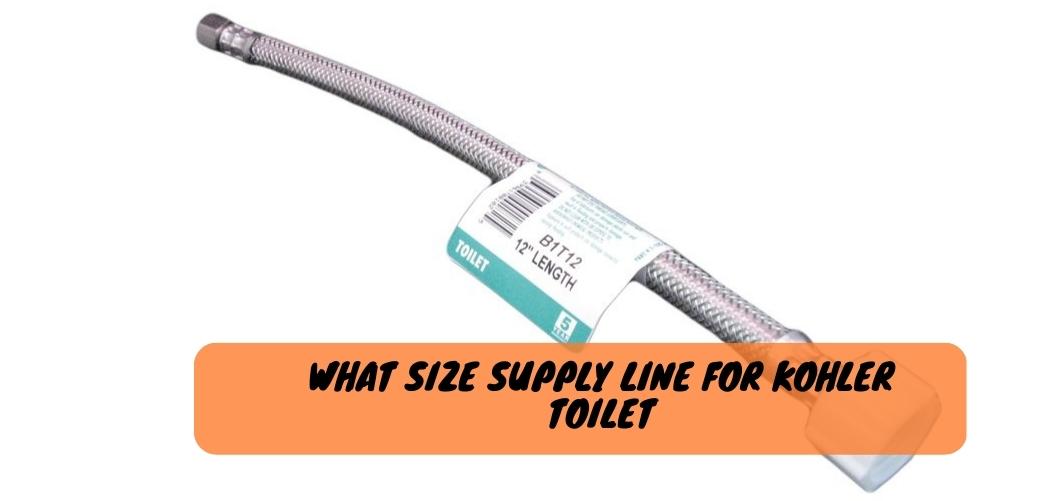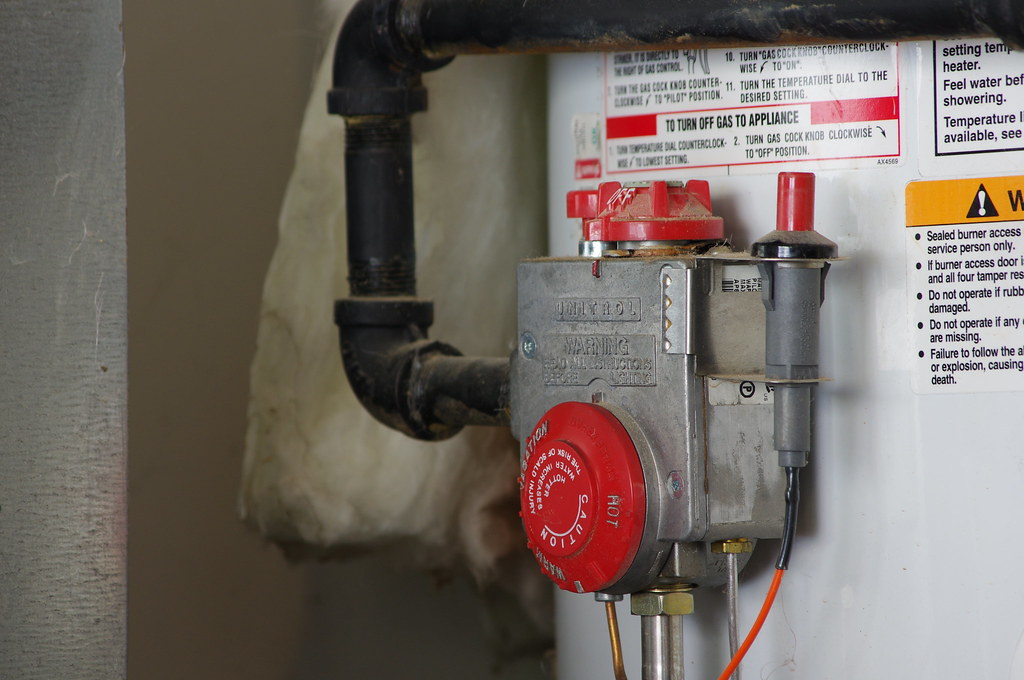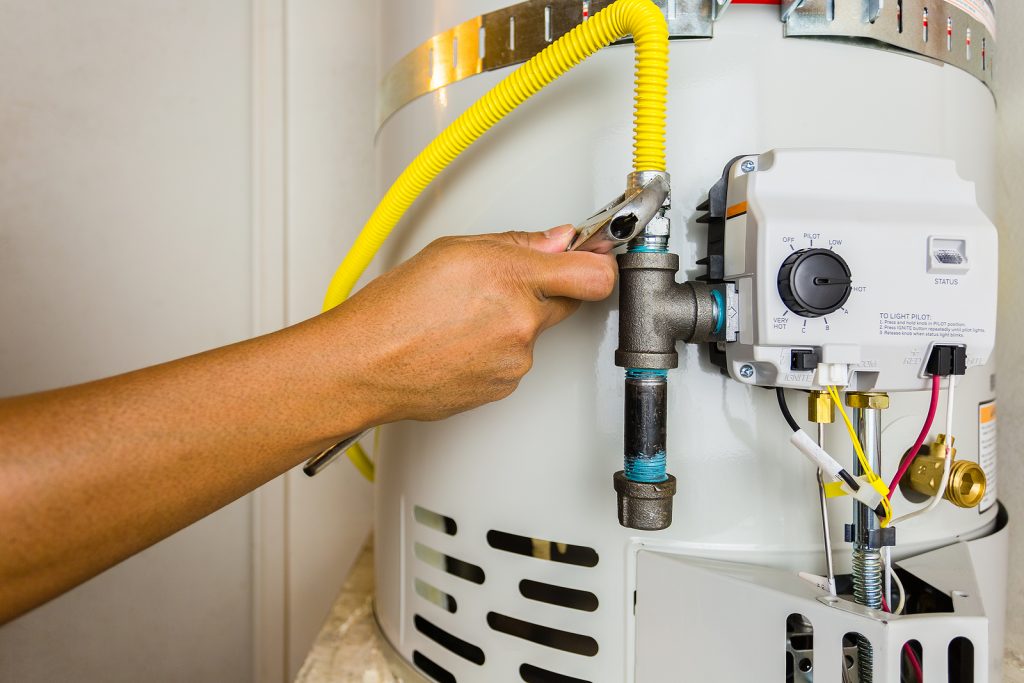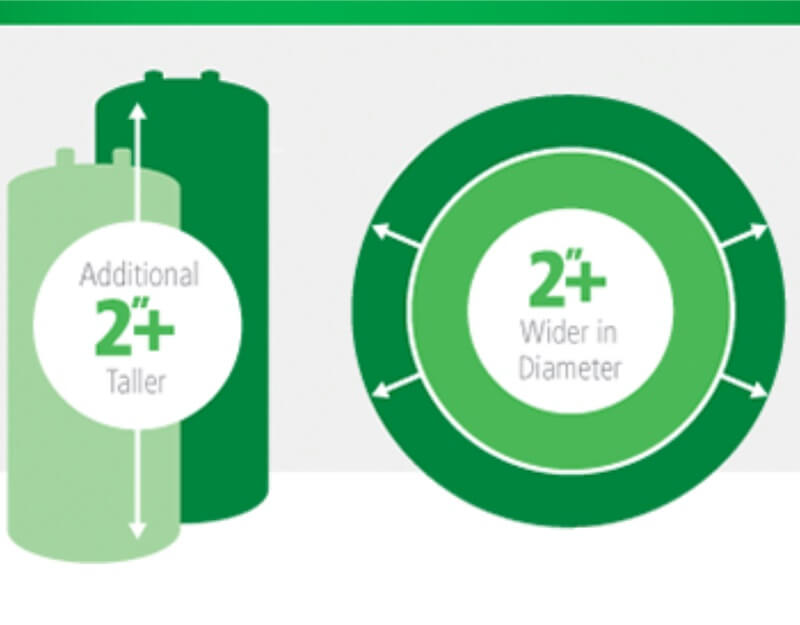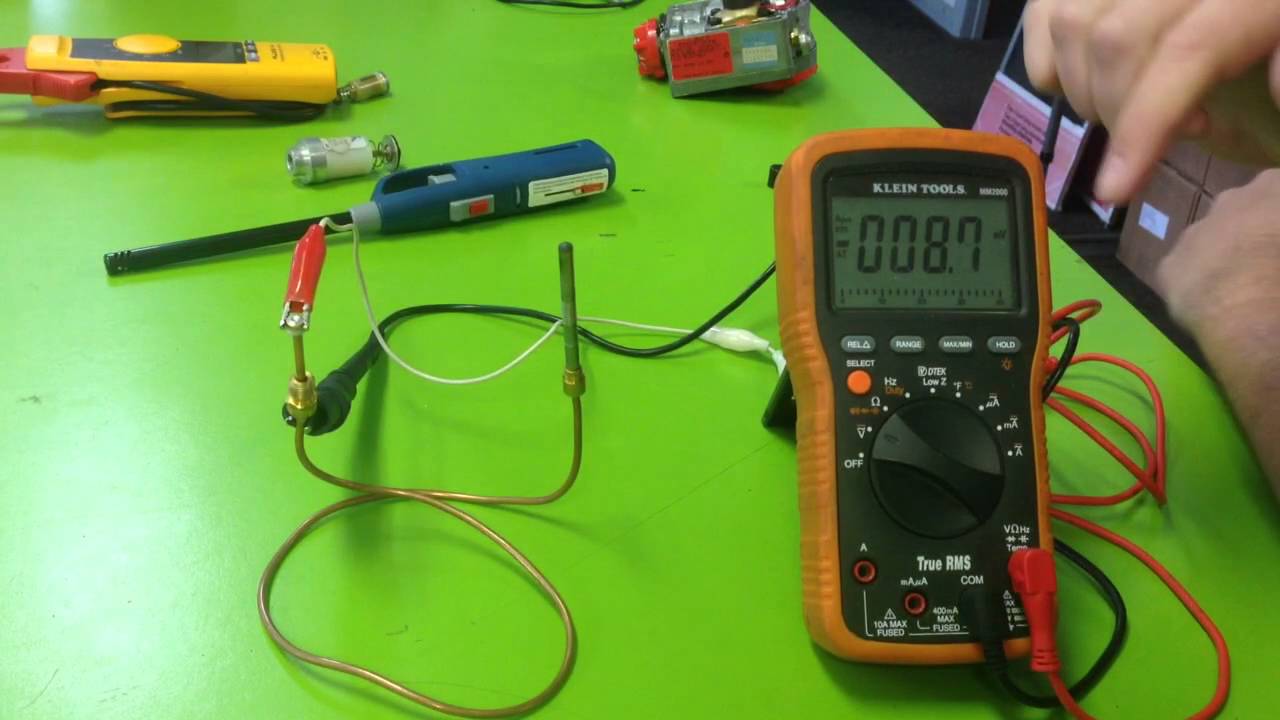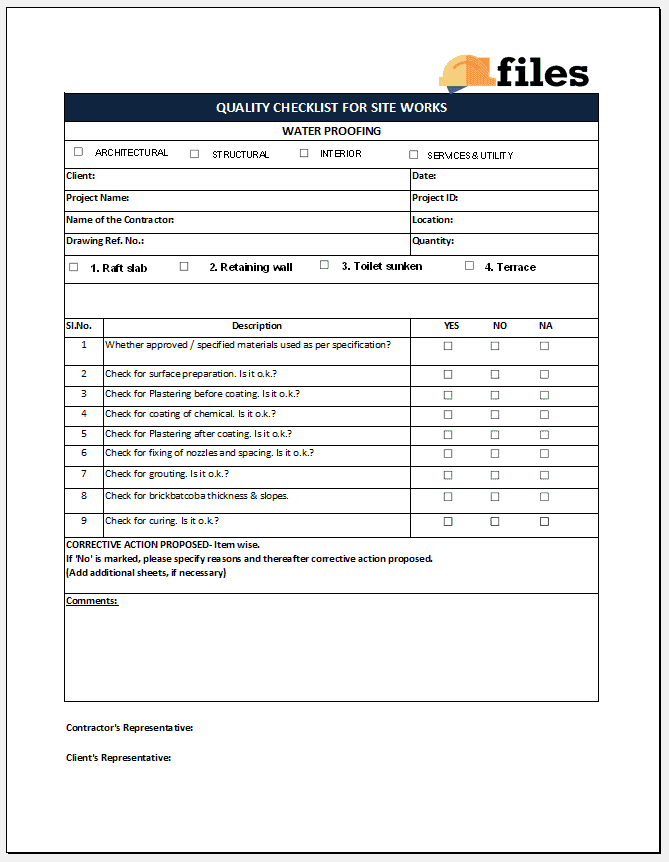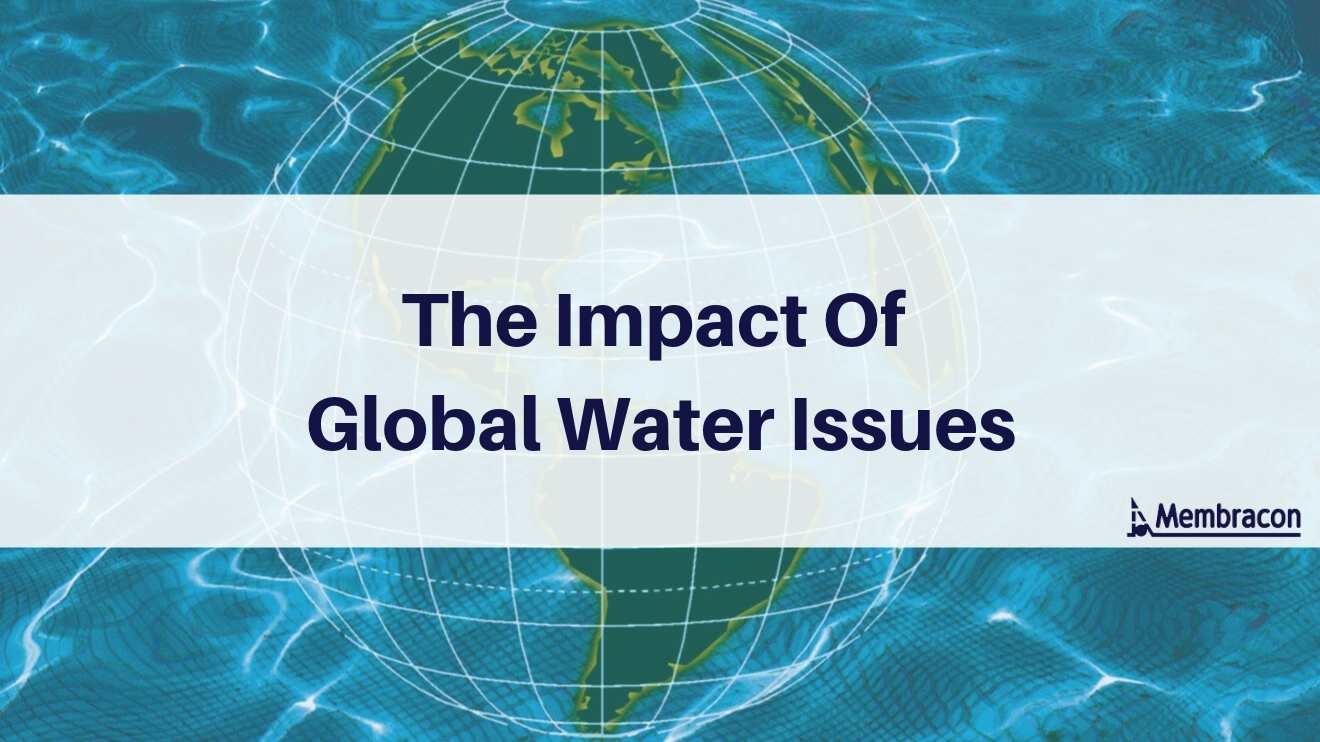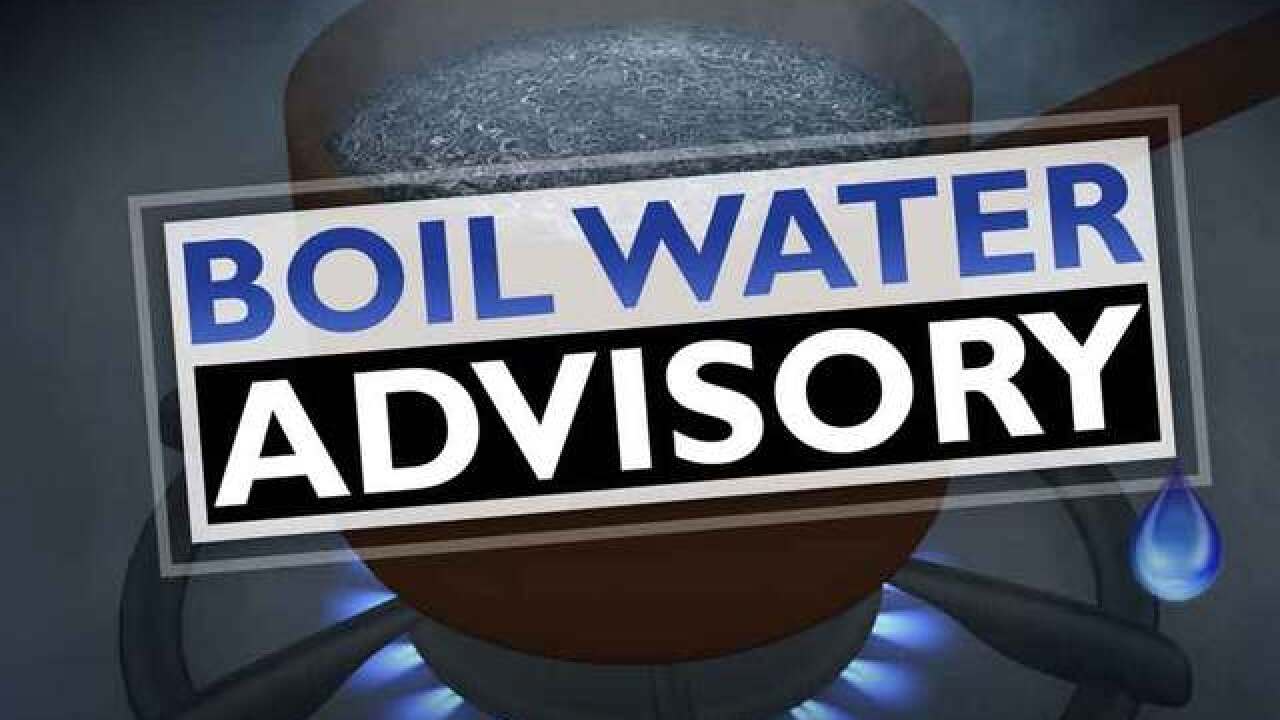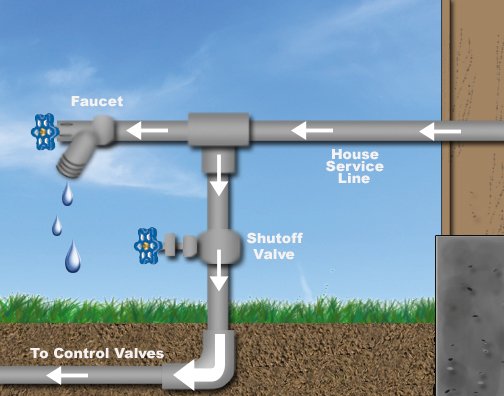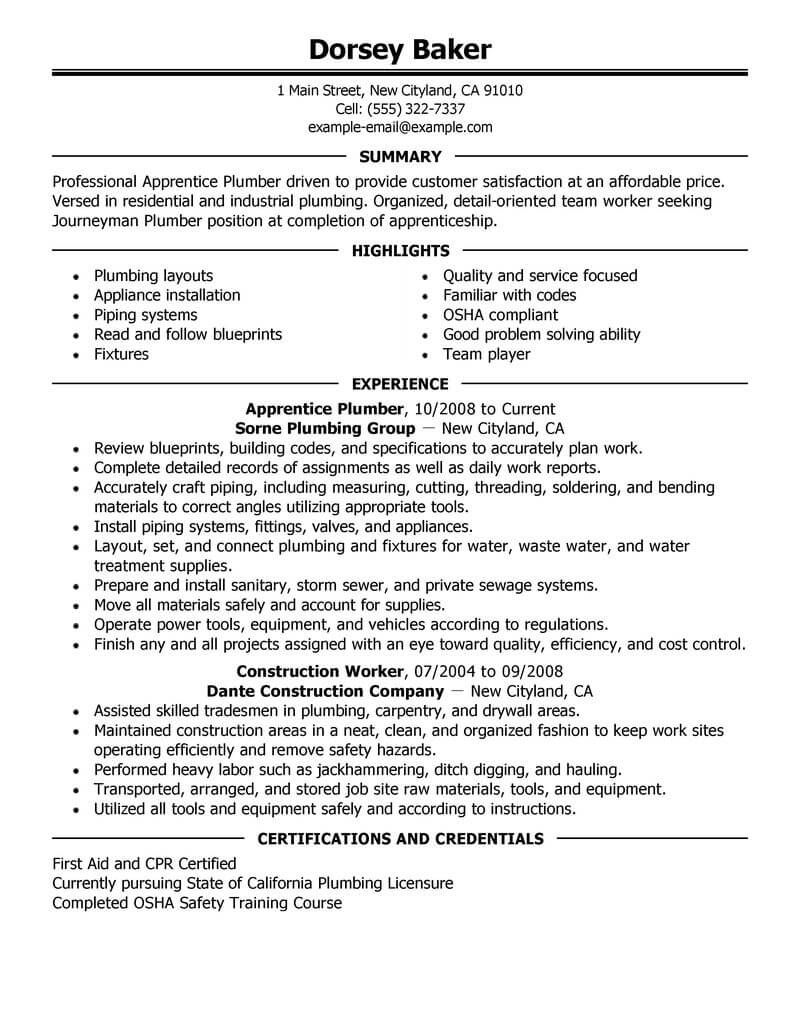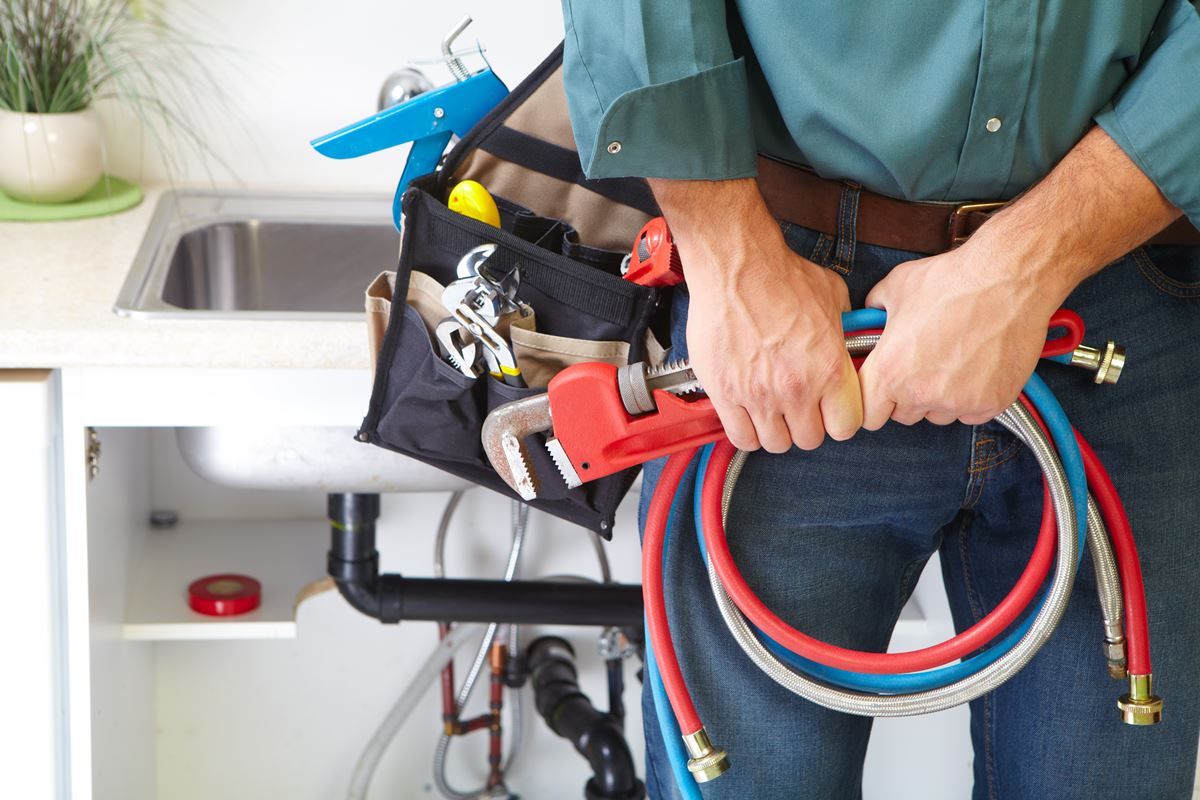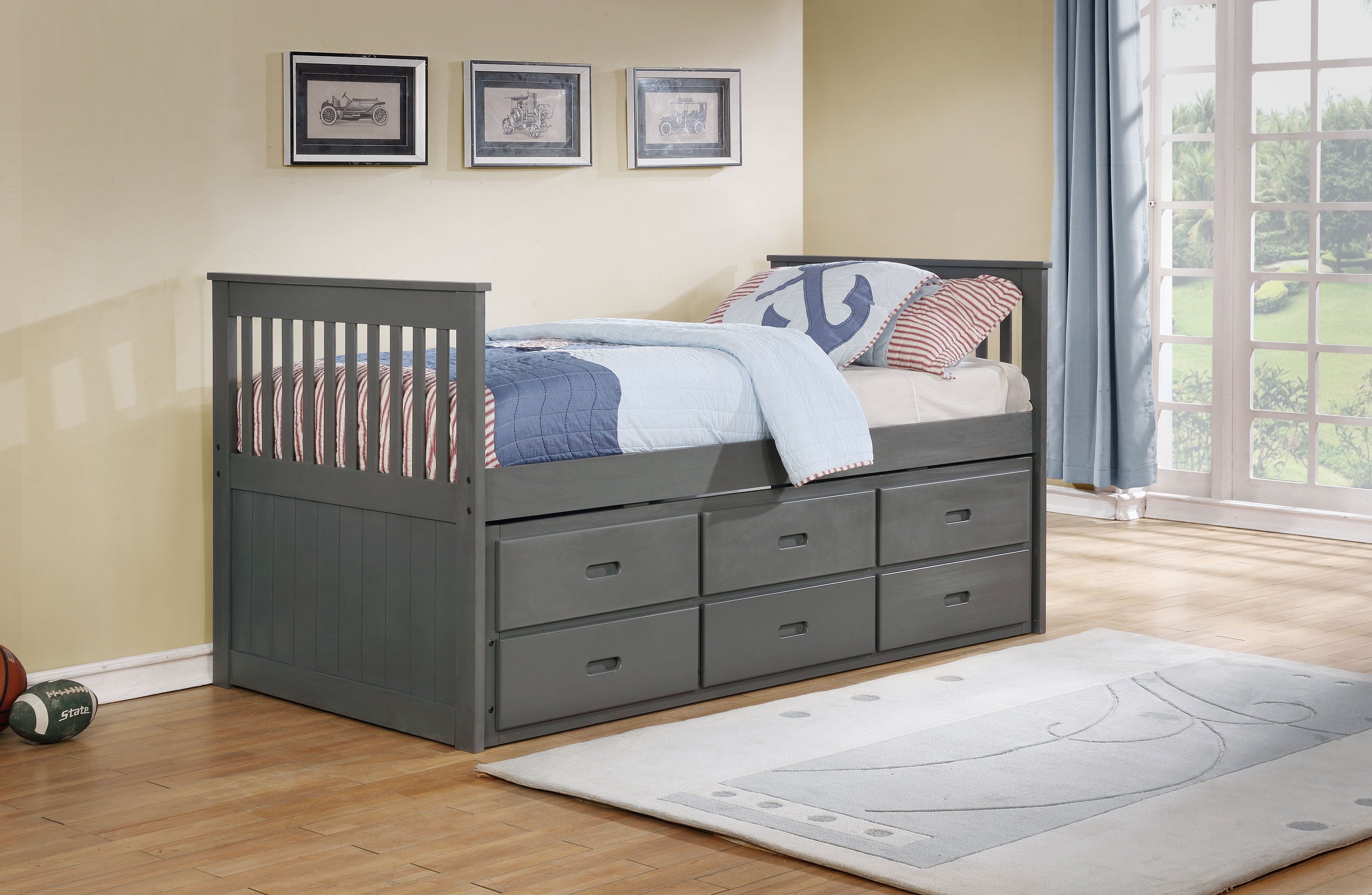In cold weather, one of the main culprits for low water pressure in your kitchen sink could be frozen pipes. When temperatures drop below freezing, water inside the pipes can freeze and expand, causing blockages and reduced water flow. To check for frozen pipes, turn on the cold water in your kitchen sink and then turn on the hot water. If the hot water flows normally but the cold water trickles or doesn't come out at all, it's likely that your pipes are frozen. Low water pressure in kitchen sink can be a frustrating problem, especially in cold weather. But don't worry, there are some simple steps you can take to fix the issue and get your water flowing again.1. Check for frozen pipes
One way to prevent frozen pipes is to insulate them. Insulation can help to keep the pipes warm and prevent them from freezing. You can purchase pipe insulation from most hardware stores and easily install it yourself. Make sure to insulate both hot and cold water pipes, as both can be affected by freezing temperatures. Not only can insulation help to prevent frozen pipes, but it can also improve the overall efficiency of your plumbing system and reduce the risk of leaks or bursts.2. Insulate pipes
Leaky pipes can also contribute to low water pressure in your kitchen sink, especially during cold weather. Check for any visible leaks around your pipes and faucets. Even small leaks can reduce water pressure, so it's important to fix them as soon as possible. If you can't find any leaks, you may have a hidden leak that is causing the problem. In this case, it's best to call a professional plumber to locate and fix the leak for you.3. Check for leaks
The water pressure regulator is a valve that controls the water pressure in your home. If it's not working properly or set too low, it can result in low water pressure in your kitchen sink. You can check the pressure regulator and adjust it if necessary, but it's recommended to have a plumber do this for you. It's important to maintain proper water pressure in your home to prevent damage to your plumbing system and appliances.4. Check water pressure regulator
The faucet aerator is a small mesh screen attached to the end of your faucet. Over time, it can become clogged with mineral deposits and debris, causing low water pressure. To clean the aerator, unscrew it from the faucet and soak it in a mixture of equal parts water and vinegar for a few hours. Then, scrub it with a toothbrush and rinse it thoroughly before reattaching it to the faucet.5. Clean faucet aerator
Clogs in your pipes can also lead to low water pressure in your kitchen sink. If you suspect a clog, try using a plunger or a plumbing snake to clear the blockage. You can also try flushing the pipes with hot water and a mixture of baking soda and vinegar to break down any buildup. If you're unable to clear the clog yourself, it's best to call a professional plumber to avoid causing further damage to your pipes.6. Check for clogs in pipes
The water supply line is the pipe that connects your home to the main water supply. If there are any issues with this line, it can result in low water pressure in your kitchen sink. Check for any visible damage or leaks in the supply line and contact your water provider if you suspect a problem.7. Check for issues with water supply line
If your kitchen sink has consistently low water pressure, it could be a sign of a problem with your water heater. Sediment buildup or a faulty pressure valve can both lead to reduced water flow. You can try flushing the water heater to remove any buildup or call a professional to inspect and repair the unit.8. Check for issues with water heater
In some cases, the issue may not be within your home, but rather with the water main that supplies water to your neighborhood. If there is a problem with the main, it can affect the water pressure in your home. Contact your water provider to report any issues and find out when the problem will be resolved.9. Check for issues with water main
If you've tried all of the above steps and are still experiencing low water pressure in your kitchen sink, it may be time to call a professional plumber. They have the knowledge and tools to diagnose and fix any issues with your plumbing system, ensuring that you have proper water pressure and a fully functioning kitchen sink. Don't let low water pressure in your kitchen sink ruin your winter. Take these preventative measures and address any issues promptly to keep your water flowing smoothly all season long.10. Call a plumber for professional assistance
How to Deal with Low Water Pressure in Your Kitchen Sink during Cold Weather

Understanding the Causes
 The cold weather can bring many challenges for homeowners, including low water pressure in their kitchen sinks. This can be frustrating and inconvenient, especially when you need to wash dishes or cook. But why does this happen?
Low water pressure in the kitchen sink during cold weather is often caused by frozen pipes or a drop in water temperature.
When the temperature drops, the water in your pipes can freeze, causing a blockage and reducing the flow of water. Additionally, some older homes may have pipes that are not well-insulated, making them more susceptible to freezing in cold weather.
The cold weather can bring many challenges for homeowners, including low water pressure in their kitchen sinks. This can be frustrating and inconvenient, especially when you need to wash dishes or cook. But why does this happen?
Low water pressure in the kitchen sink during cold weather is often caused by frozen pipes or a drop in water temperature.
When the temperature drops, the water in your pipes can freeze, causing a blockage and reducing the flow of water. Additionally, some older homes may have pipes that are not well-insulated, making them more susceptible to freezing in cold weather.
Preventing Frozen Pipes
 To prevent frozen pipes and avoid low water pressure in your kitchen sink, there are a few steps you can take. First, make sure your pipes are well-insulated. This can help prevent freezing and also save energy by keeping hot water hot and cold water cold. You can also wrap exposed pipes with insulation or use heat tape to provide extra protection.
Another way to prevent frozen pipes is to keep a steady flow of water running through them. This can be as simple as turning on a faucet in your kitchen sink and letting it drip slightly. The movement of the water can help prevent freezing.
To prevent frozen pipes and avoid low water pressure in your kitchen sink, there are a few steps you can take. First, make sure your pipes are well-insulated. This can help prevent freezing and also save energy by keeping hot water hot and cold water cold. You can also wrap exposed pipes with insulation or use heat tape to provide extra protection.
Another way to prevent frozen pipes is to keep a steady flow of water running through them. This can be as simple as turning on a faucet in your kitchen sink and letting it drip slightly. The movement of the water can help prevent freezing.
Dealing with Low Water Pressure
 If you find yourself dealing with low water pressure in your kitchen sink during cold weather, there are a few things you can do. First, check for any frozen pipes and try to thaw them out using a hair dryer or hot water. Be sure to never use an open flame to heat pipes, as this can be dangerous.
If your pipes are not frozen, the issue may be with your water pressure regulator. This device controls the flow of water into your home and can become damaged or malfunction in cold weather.
It's important to have a professional plumber check and repair your water pressure regulator if necessary.
They can also check for any other potential issues that may be causing the low water pressure in your kitchen sink.
If you find yourself dealing with low water pressure in your kitchen sink during cold weather, there are a few things you can do. First, check for any frozen pipes and try to thaw them out using a hair dryer or hot water. Be sure to never use an open flame to heat pipes, as this can be dangerous.
If your pipes are not frozen, the issue may be with your water pressure regulator. This device controls the flow of water into your home and can become damaged or malfunction in cold weather.
It's important to have a professional plumber check and repair your water pressure regulator if necessary.
They can also check for any other potential issues that may be causing the low water pressure in your kitchen sink.
Conclusion
 Dealing with low water pressure in your kitchen sink during cold weather can be frustrating, but there are steps you can take to prevent and address the issue. By understanding the causes and taking preventative measures, you can ensure a steady flow of water in your kitchen even during the coldest months. If you are unable to resolve the issue on your own, don't hesitate to seek help from a professional plumber.
Dealing with low water pressure in your kitchen sink during cold weather can be frustrating, but there are steps you can take to prevent and address the issue. By understanding the causes and taking preventative measures, you can ensure a steady flow of water in your kitchen even during the coldest months. If you are unable to resolve the issue on your own, don't hesitate to seek help from a professional plumber.



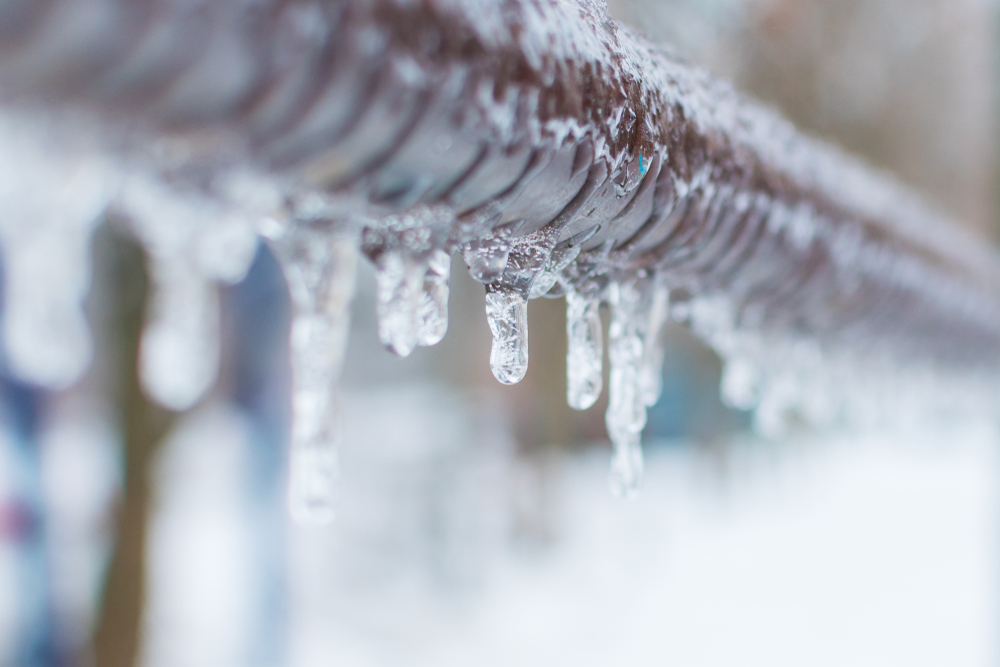
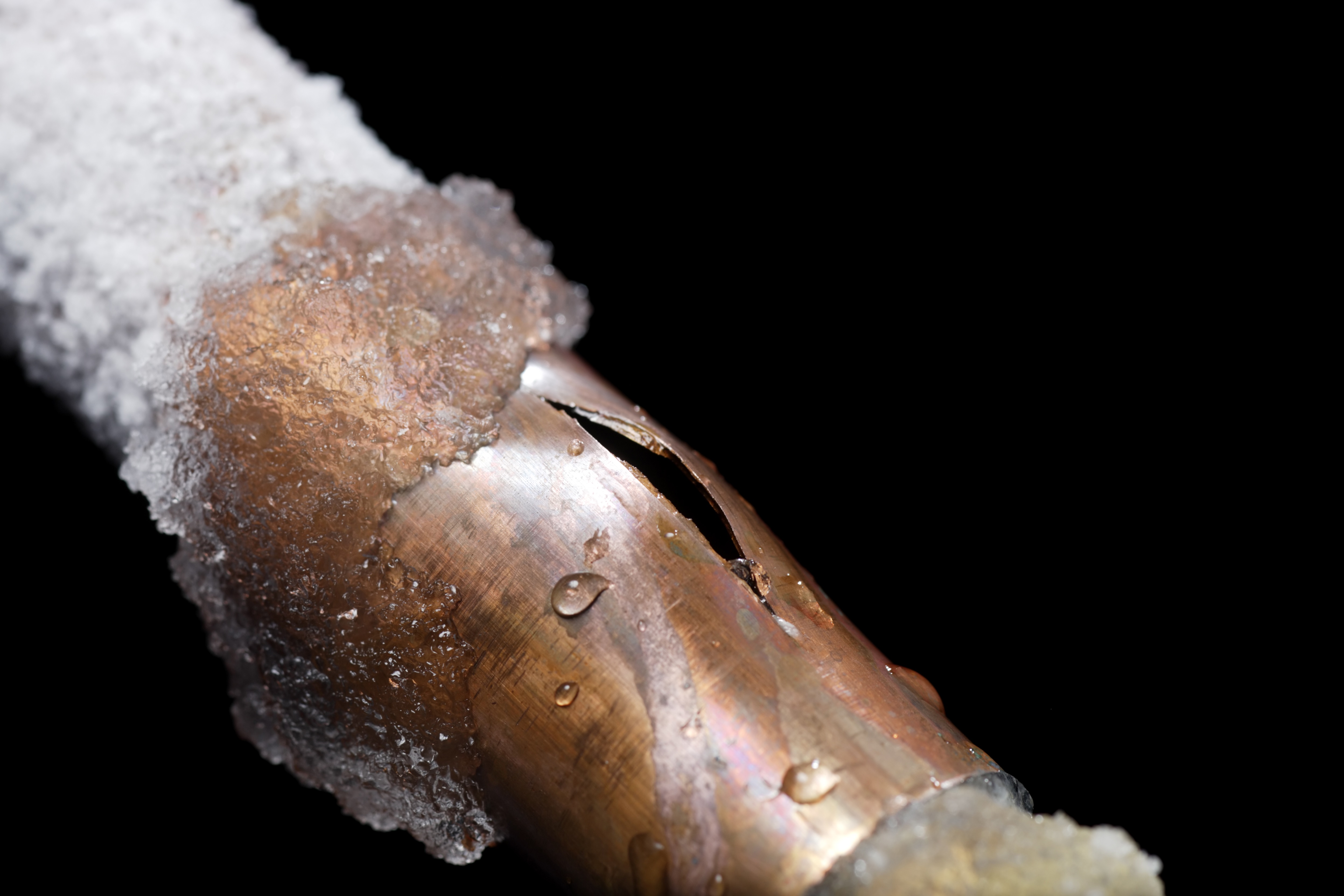










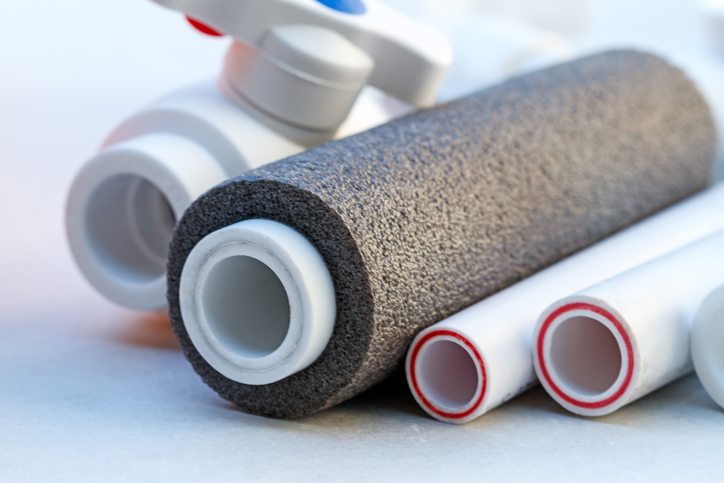
/water-pipe-insulation-2718695-hero-26fc5df16e774a7d890c19fe32699c1d.jpg)

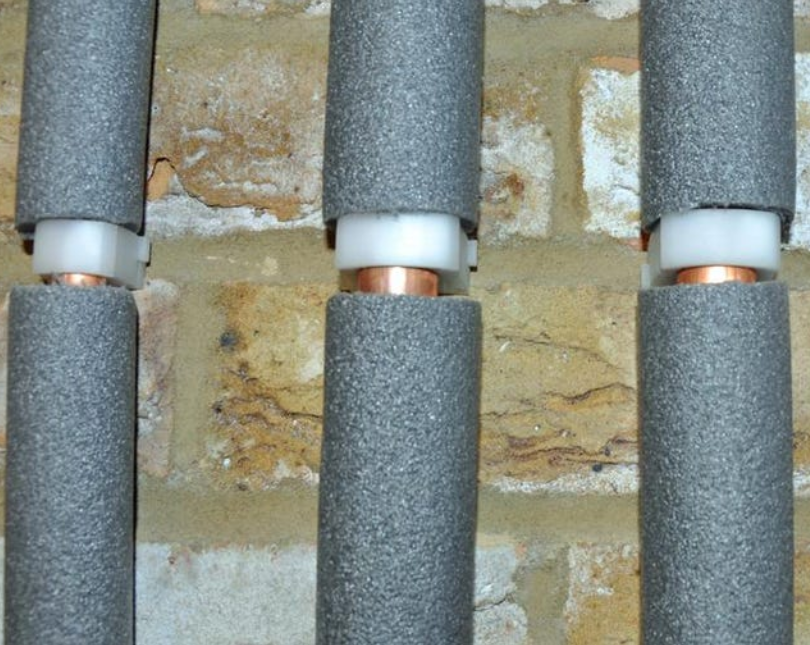
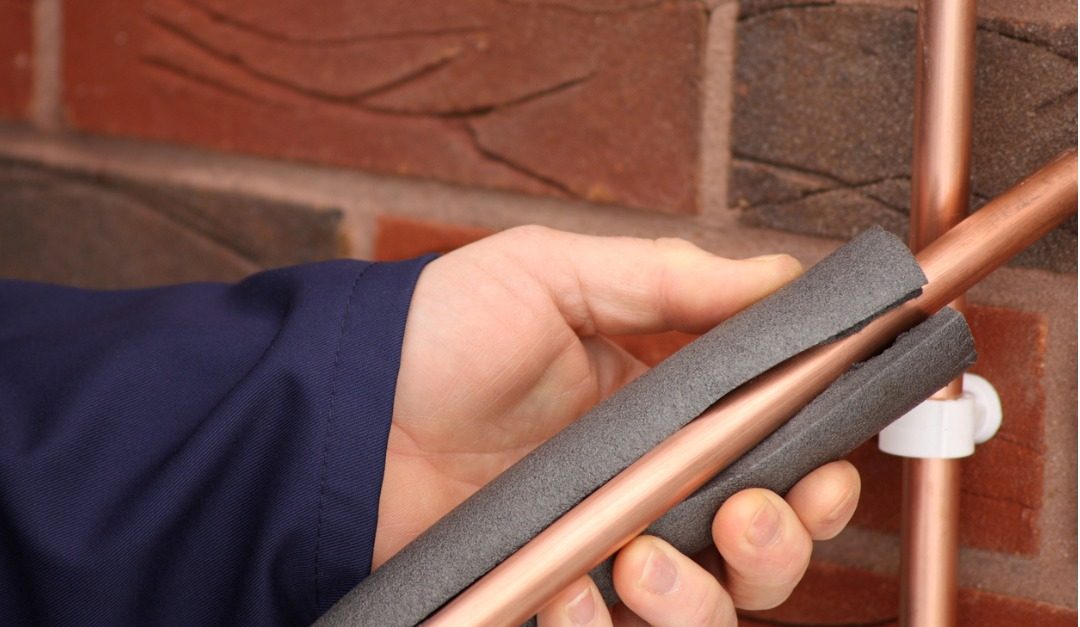
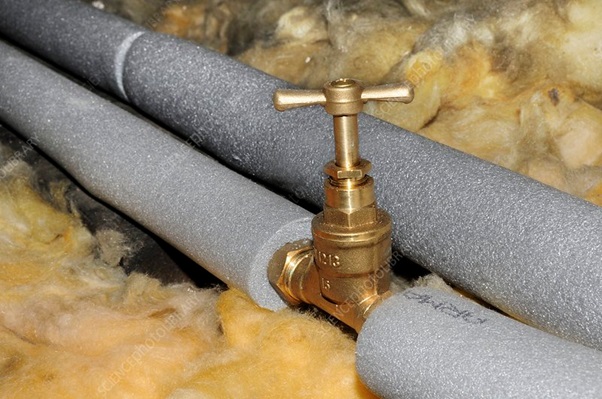
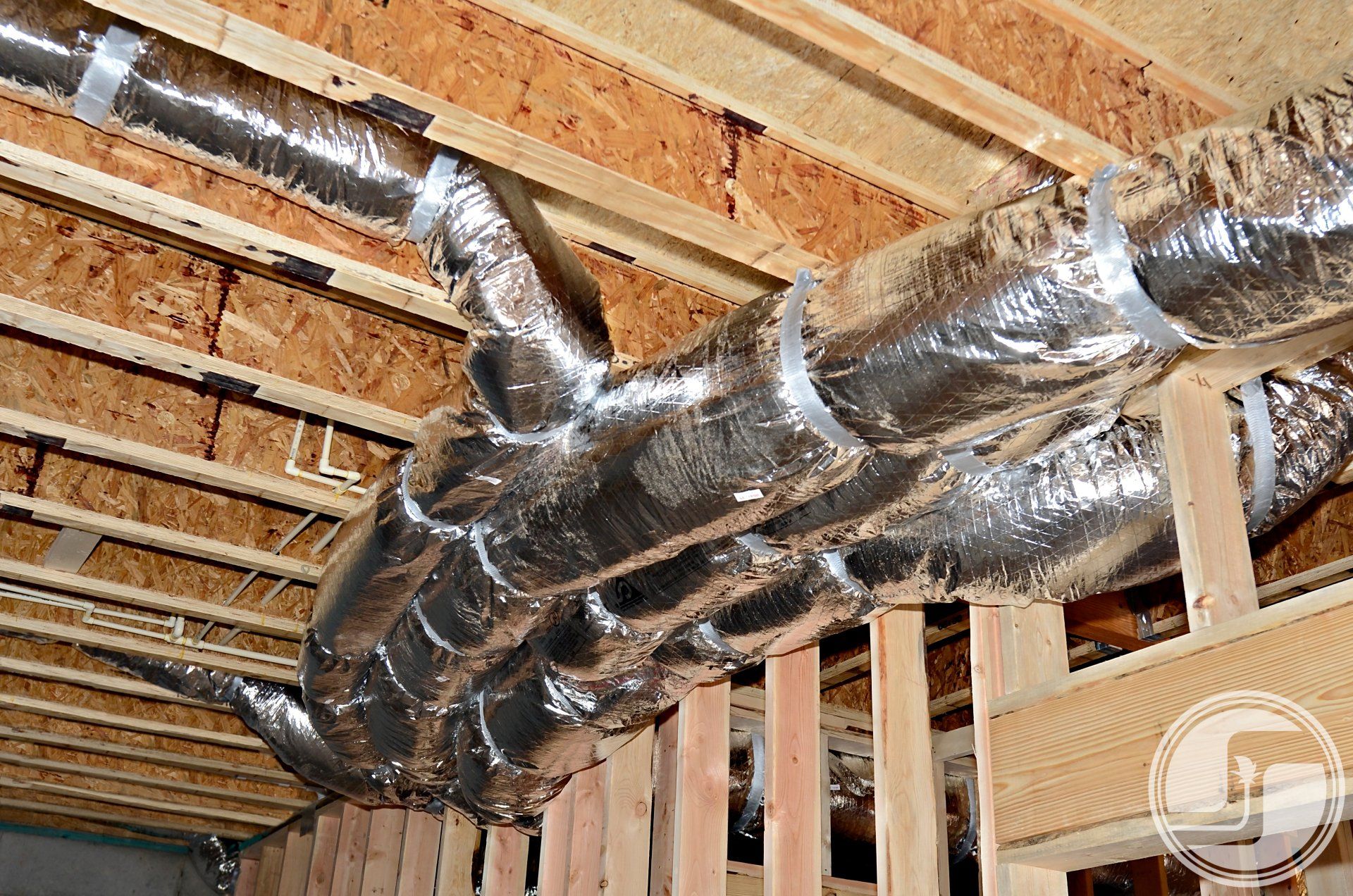
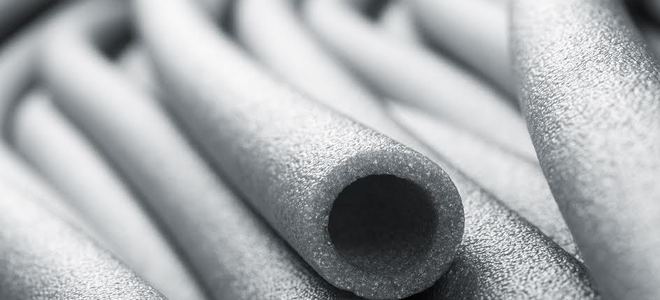



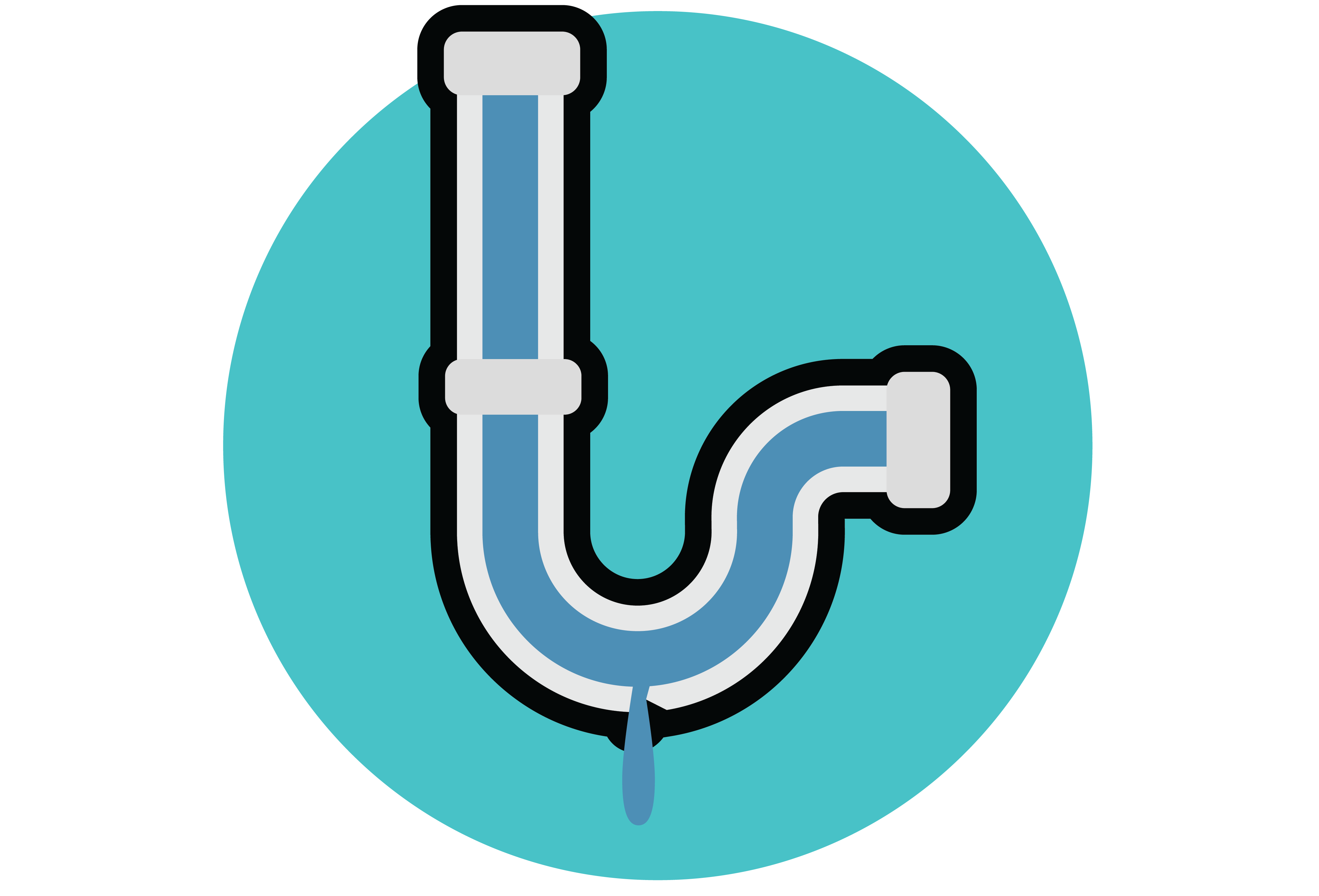

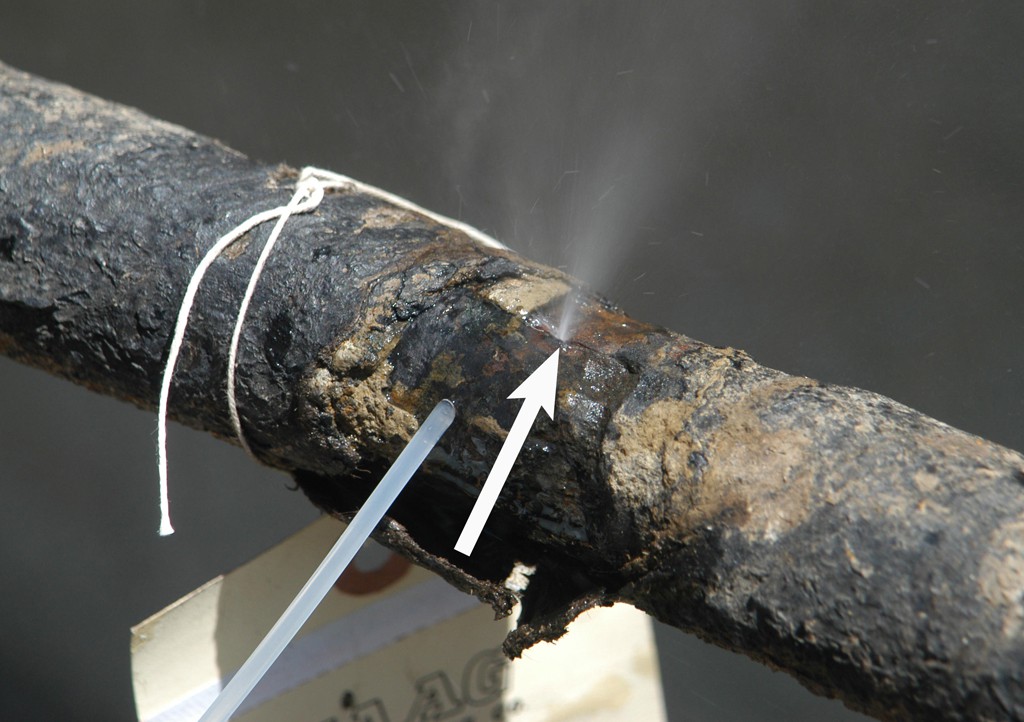

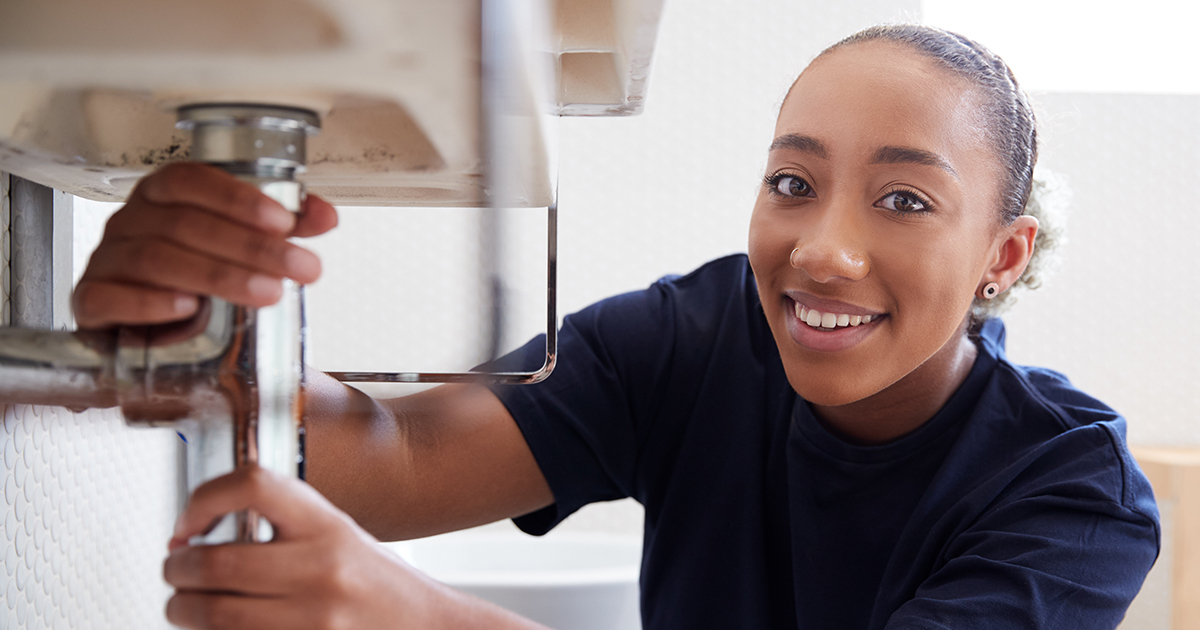
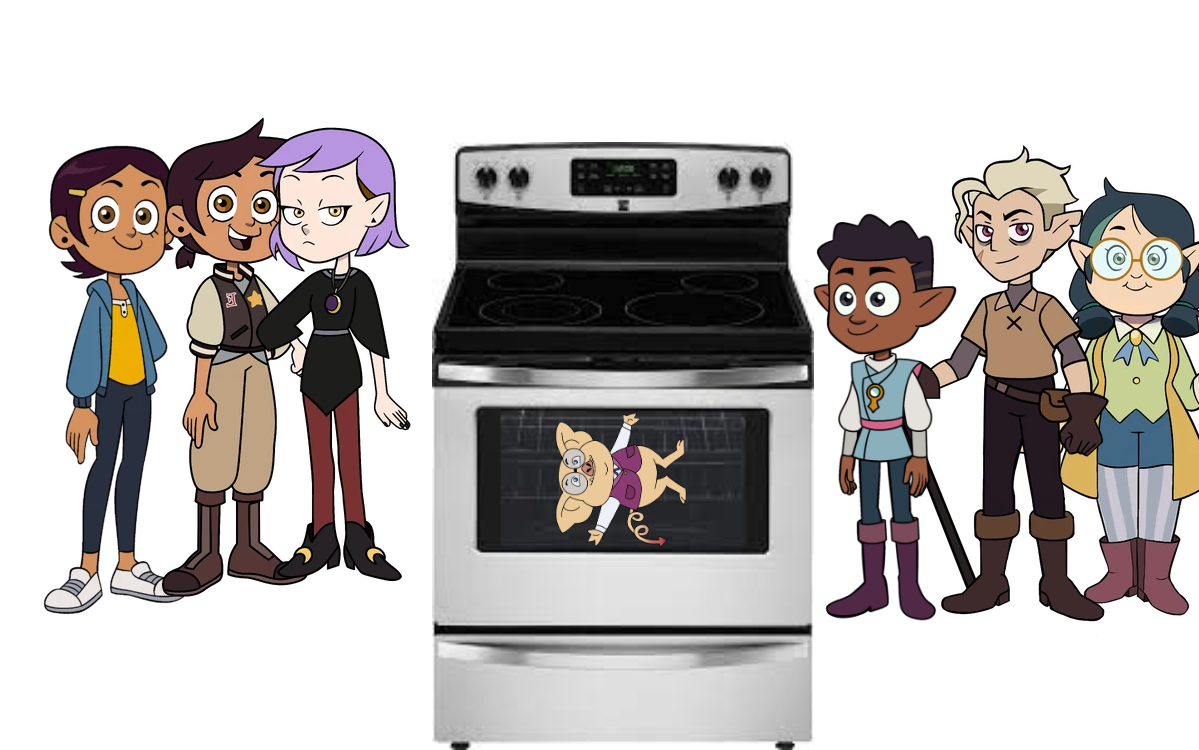




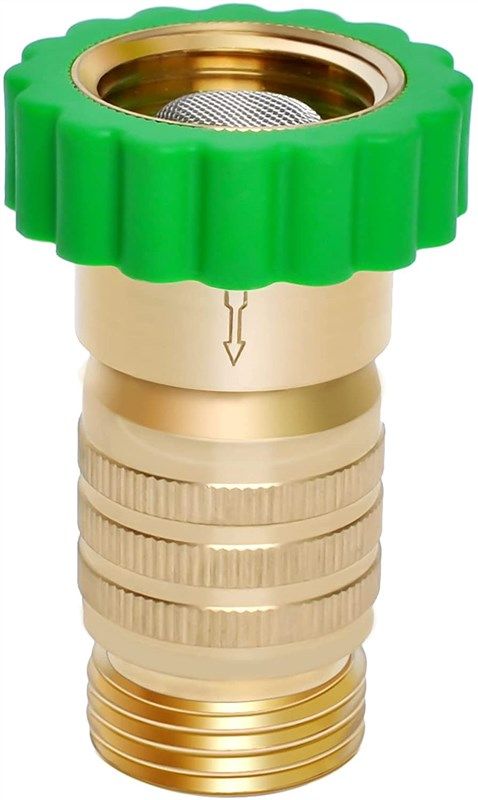


:max_bytes(150000):strip_icc()/the-men-s-hand-opens-the-ball-valve-on-the-collector-1006810456-5c5fc73fc9e77c000159c4af.jpg)
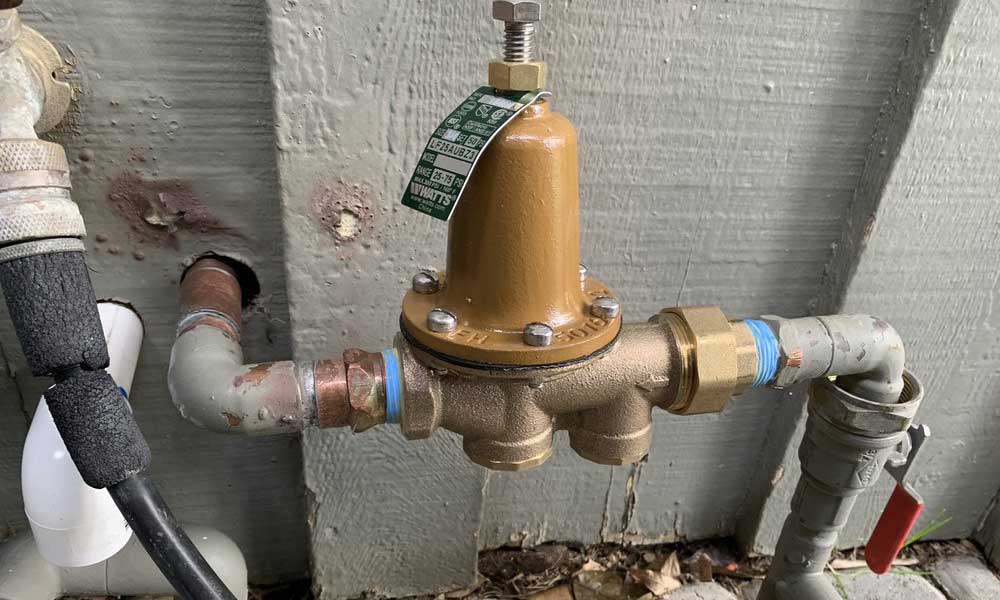

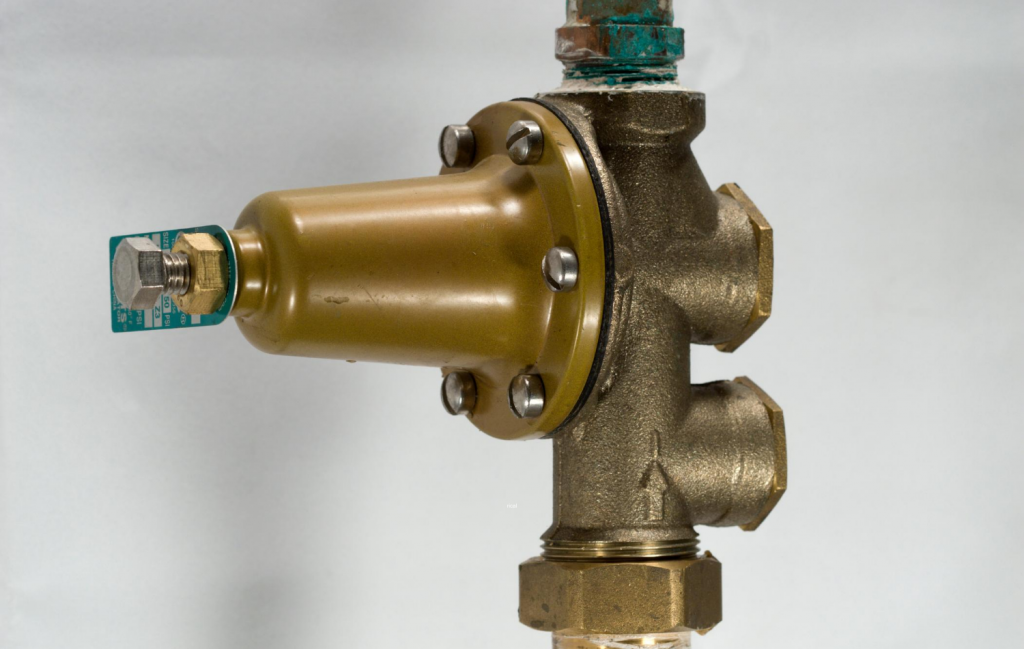



:max_bytes(150000):strip_icc()/ac4-56a73c595f9b58b7d0e8182e.jpg)
:max_bytes(150000):strip_icc()/ac2-56a73c5c5f9b58b7d0e81846.jpg)

/RemovingAeratorAssembly-99881d30169b43cebc3fe72f6d4b25b9.jpg)

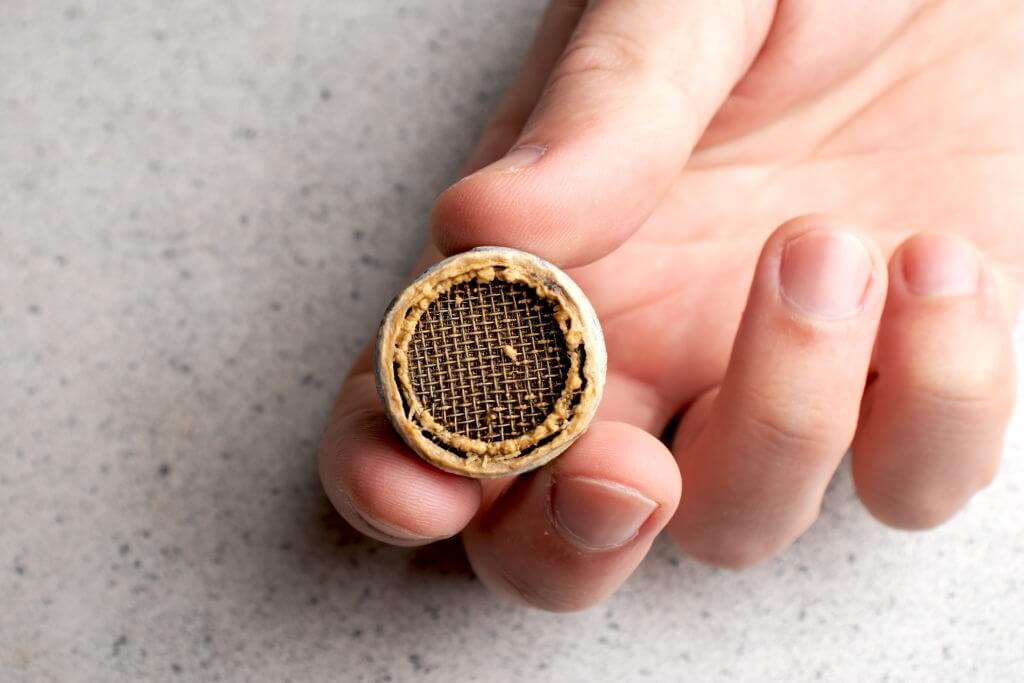
/cleaning-the-aerator-from-deposits--the-girl-hand-washes-a-dirty-limestone-aerator-with-water-1126244919-72868100964f42d5aa564a928371fea5.jpg)

